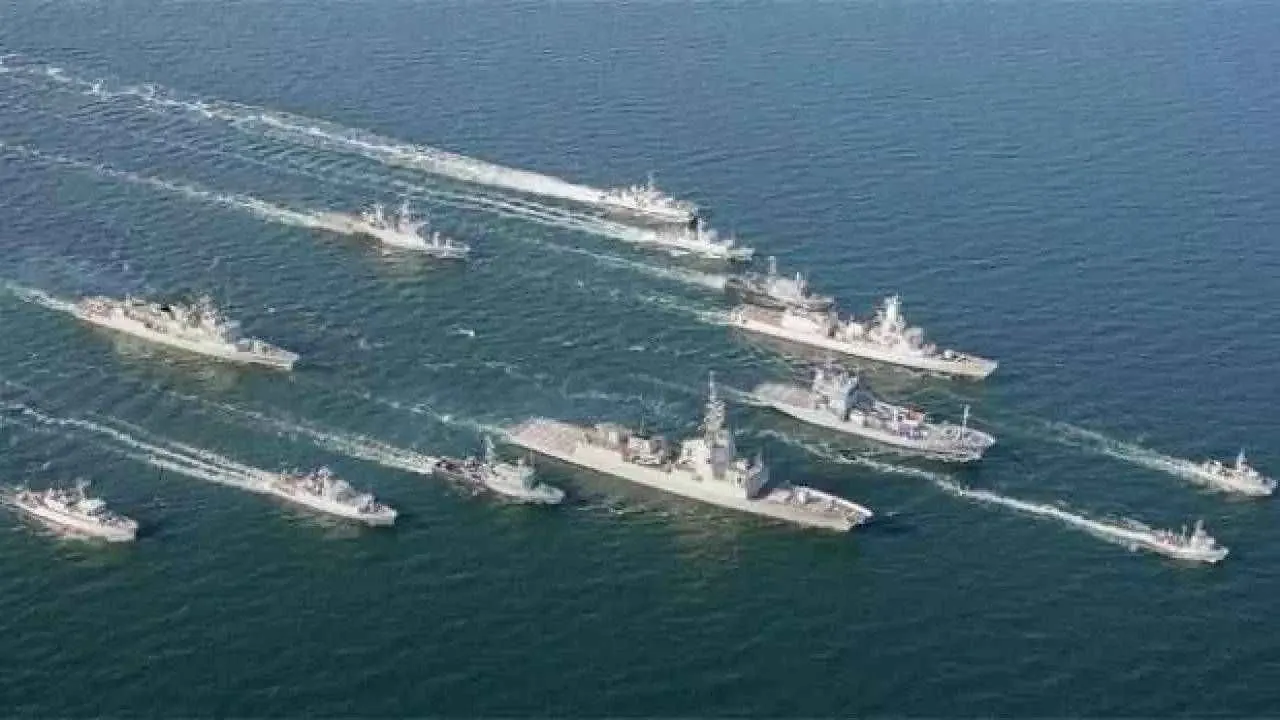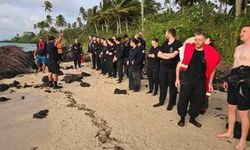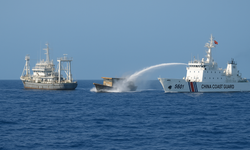The exercise brought together crews and vessels to strengthen interoperability and readiness for real-world maritime challenges. Standing NATO Mine Countermeasures Group One (SNMCMG1) participated with six ships, working alongside a second task unit coordinated by the German-led Commander Baltic Naval Squadron (COMBALTRON).
While SNMCMG1 focused on Baltic MCM operations, it also continued its broader mission under Baltic Sentry, NATO’s initiative to protect critical undersea infrastructure in the region.
“This exercise wasn’t just about mine warfare—it was about building a cohesive, responsive team at sea,” said Commander Erik Kockx, Commander of SNMCMG1. “Drills like Baltic MCM sharpen the operational reflexes that allow us to act quickly, together, when it matters most.”
Training Beyond Mine Countermeasures
Although mine hunting is the primary role of participating ships, Baltic MCM emphasized a wide range of naval competencies. The exercise began with formation navigation drills, which not only serve tactical functions but also test communication and synchronization across multinational crews. Using NATO-standard protocols, ships from different navies successfully aligned their operations.
Live-fire exercises followed, escalating from fixed targets to simulated air defense scenarios. In one dynamic drill, an aircraft towed a target pod to simulate an aerial threat, challenging ships to engage a moving object while on the move—a task requiring precision and coordination.
“Firing at a moving target from a moving platform is no easy feat, but our crews demonstrated exceptional skill,” Kockx noted.
Seamanship, Endurance, and Trust
The exercise also included seamanship fundamentals, such as flag signalling maneuvers—where ships communicated course and speed changes visually, without radio. This tested navigation accuracy and reinforced silent communication techniques.
Replenishment at sea was another key component, with vessels practicing underway refueling—an essential skill for extended deployments and proof of mutual trust between crews.
Simulated emergencies, including fire and damage control drills, further enhanced operational readiness and crew safety across the task groups.
A Strong Finish at Sea
To conclude the exercise, participating ships took part in a traditional Sail Past—a spirited farewell where vessels passed one another in formation, exchanged salutes, and even celebrated with water hoses and music.
It was a fitting end to two weeks of intense cooperation, training, and shared experience, highlighting how NATO navies continue to operate as a unified force. Through trust, coordination, and common purpose, these exercises ensure NATO remains Stronger Together—Always Vigilant.






